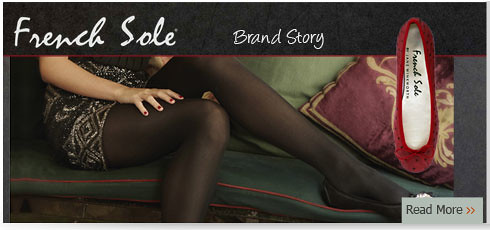 Ruddick Corporation reported that consolidated sales for the first quarter of fiscal 2010 ended December 27, 2009 increased by 4.6% to $1.04 billion from $995 million in the first quarter of fiscal 2009. The increase in consolidated sales for the quarter was attributable to a 4.7% sales increase at Harris Teeter, the Company’s supermarket subsidiary, and a 3.2% sales increase at American & Efird (“A&E”), the Company’s sewing thread and technical textiles subsidiary.
Ruddick Corporation reported that consolidated sales for the first quarter of fiscal 2010 ended December 27, 2009 increased by 4.6% to $1.04 billion from $995 million in the first quarter of fiscal 2009. The increase in consolidated sales for the quarter was attributable to a 4.7% sales increase at Harris Teeter, the Company’s supermarket subsidiary, and a 3.2% sales increase at American & Efird (“A&E”), the Company’s sewing thread and technical textiles subsidiary. In the first quarter of fiscal 2010, consolidated net income was $23.7 million, or $0.49 per diluted share, compared to $22.9 million, or $0.47 per diluted share, in the prior year’s first quarter. The increase in net income over the prior year was driven by operating profit improvements at A&E that more than offset the slight decline in operating profit at Harris Teeter and additional overhead expenses at the holding company, as compared to the prior year. The increase in corporate expenses was driven by increased costs associated with certain benefit programs that have investment returns referenced to the financial markets and expenses of $500,000 associated with certain contract negotiations.
Harris Teeter’s sales increased by 4.7% to $972.3 million in the first quarter of fiscal 2010, compared to sales of $928.9 million in the first quarter of fiscal 2009. The increase in sales was attributable to incremental new store sales that were partially offset by a comparable store sales decline of 2.37% for the quarter. Comparable store sales for the quarter were negatively impacted by retail price deflation and changes in consumer purchasing habits, reflective of the current economic environment.
During the first quarter of fiscal 2010, Harris Teeter opened 6 new stores and closed one existing store, which was replaced by one of the new stores. Since the end of the first quarter of fiscal 2009, Harris Teeter has opened 21 new stores, closed 3 older stores (which were all replaced by new stores) and completed the major remodeling of one store, which included the expansion of selling square footage. Harris Teeter operated 194 stores at December 27, 2009.
Operating profit at Harris Teeter in the first quarter of fiscal 2010 decreased to $42.3 million (4.35% of sales), from $44.3 million (4.77% of sales) in the first quarter of fiscal 2009. Operating profit was impacted by new store pre-opening costs of $2.6 million (0.26% of sales) and $4.0 million (0.43% of sales) in the first quarter of fiscal 2010 and fiscal 2009, respectively. New store pre-opening costs fluctuate between reporting periods depending on the new store opening schedule.






 7:05 PM
7:05 PM
 Fibre2Fashion Blogs
Fibre2Fashion Blogs













 The Government of India under the aegis of the Ministry of Textiles had introduced the Technology Up-gradation Fund Scheme (TUFS) to help the beleaguered textile sector modernise its technology and equipment and which turned out to be one of the highly successful schemes implemented by the Government of India.
The Government of India under the aegis of the Ministry of Textiles had introduced the Technology Up-gradation Fund Scheme (TUFS) to help the beleaguered textile sector modernise its technology and equipment and which turned out to be one of the highly successful schemes implemented by the Government of India. 
 The traditional coir industry in the state of Kerala is facing an acute crisis of fibre shortage. For some time it has been depending on the green husk fibre the major part of which is brought from the neighboring states.
The traditional coir industry in the state of Kerala is facing an acute crisis of fibre shortage. For some time it has been depending on the green husk fibre the major part of which is brought from the neighboring states. 


